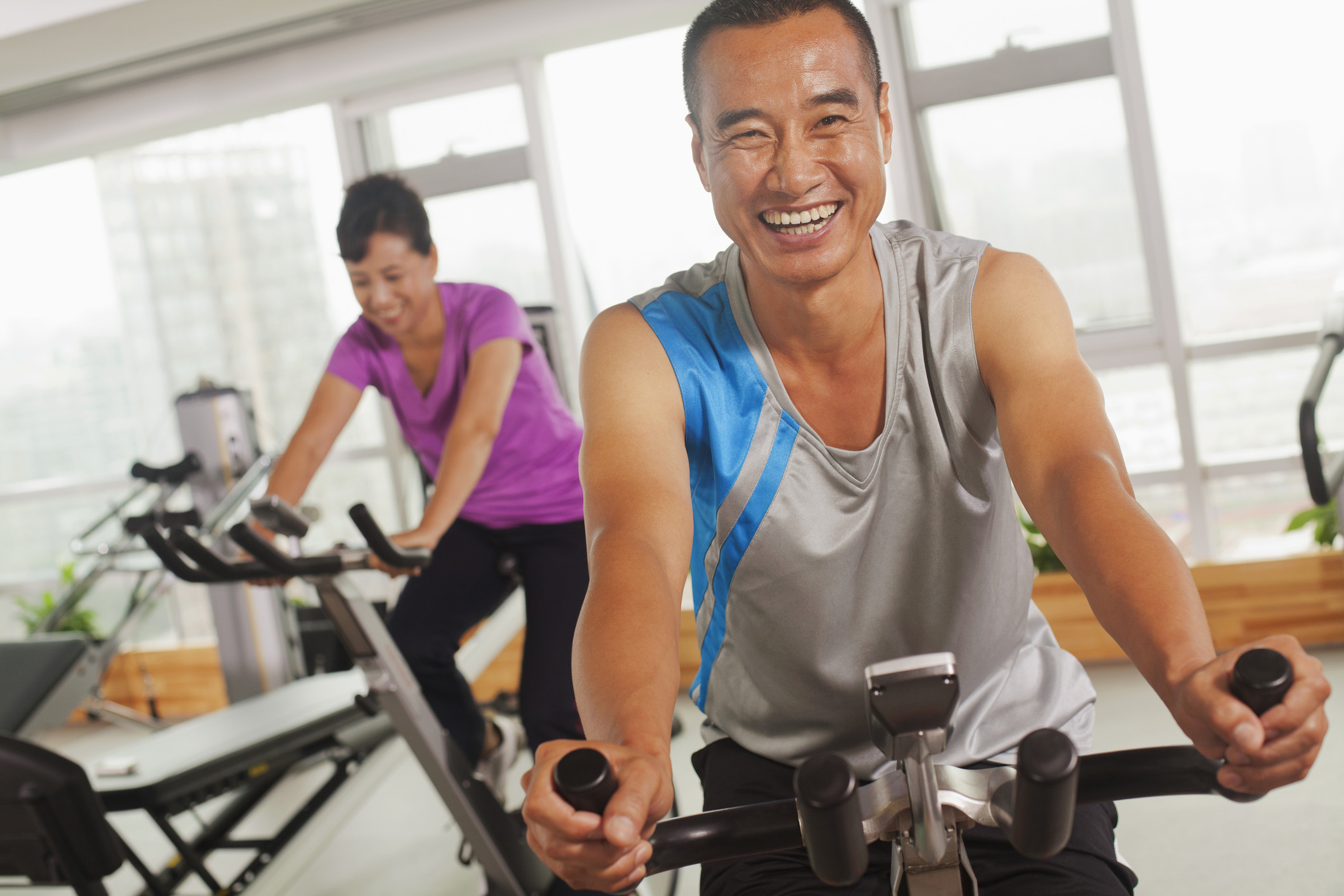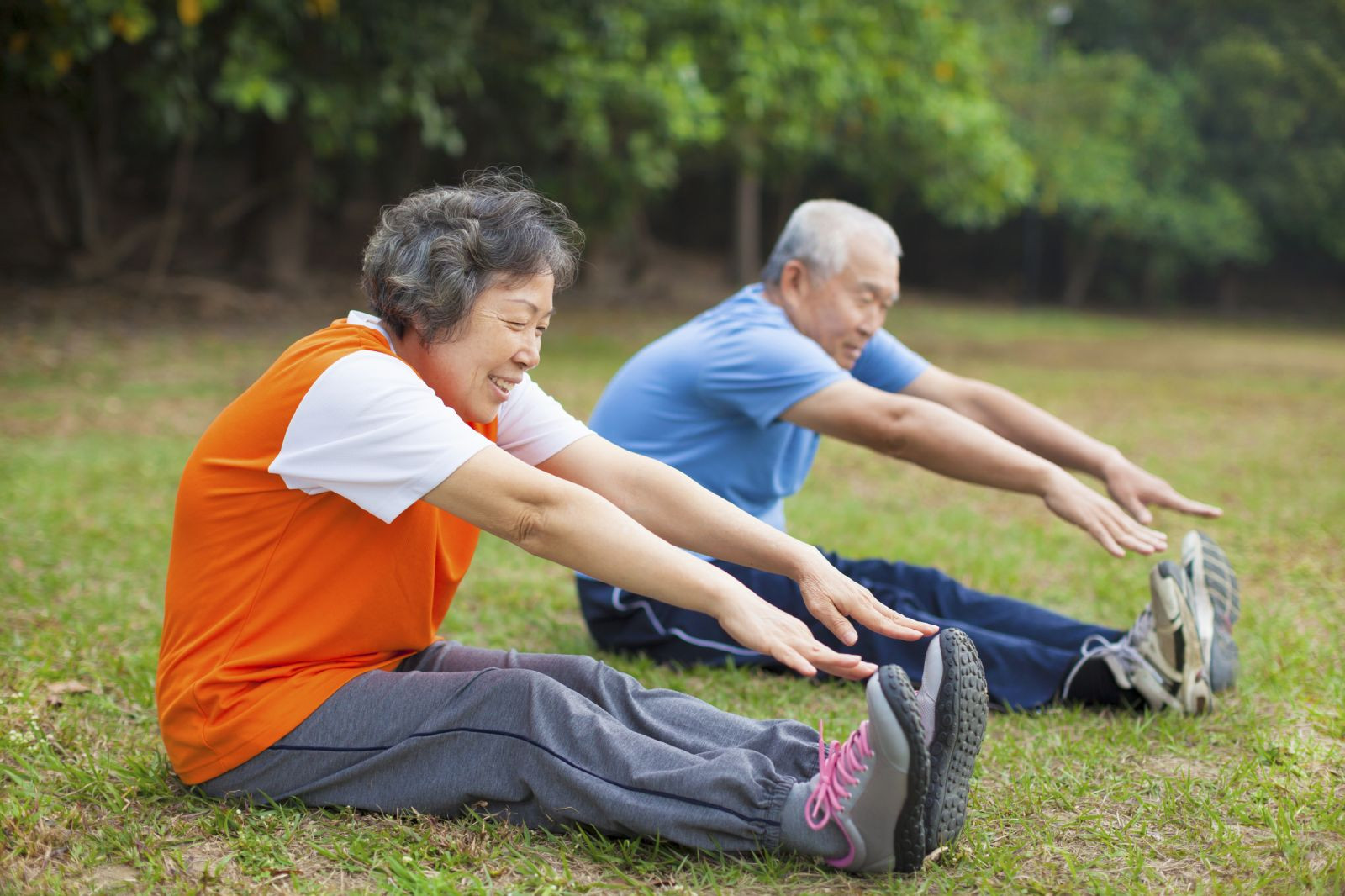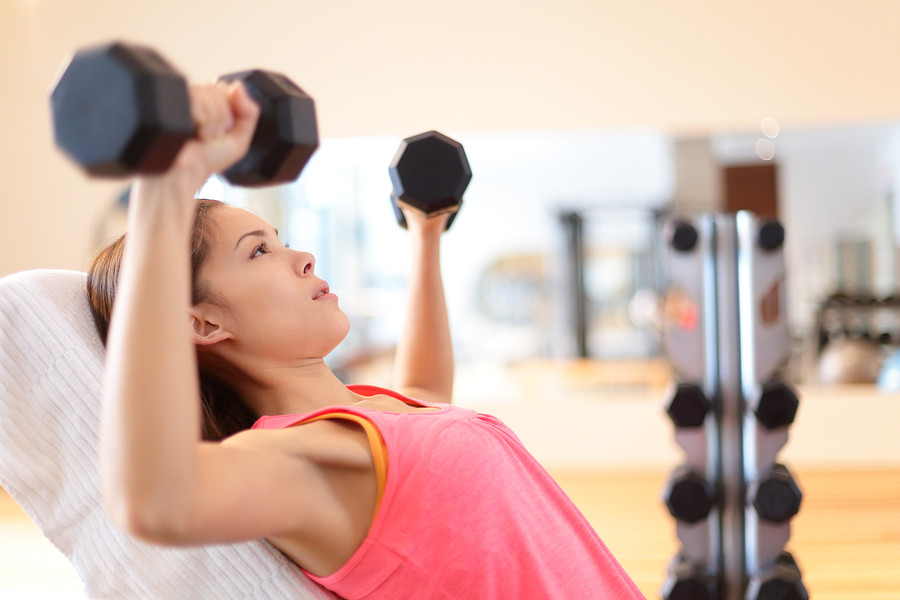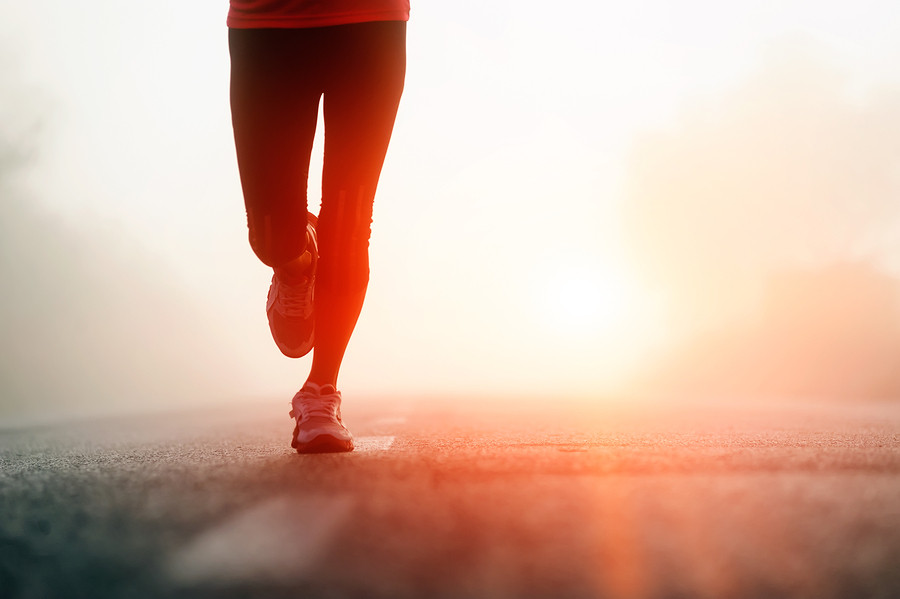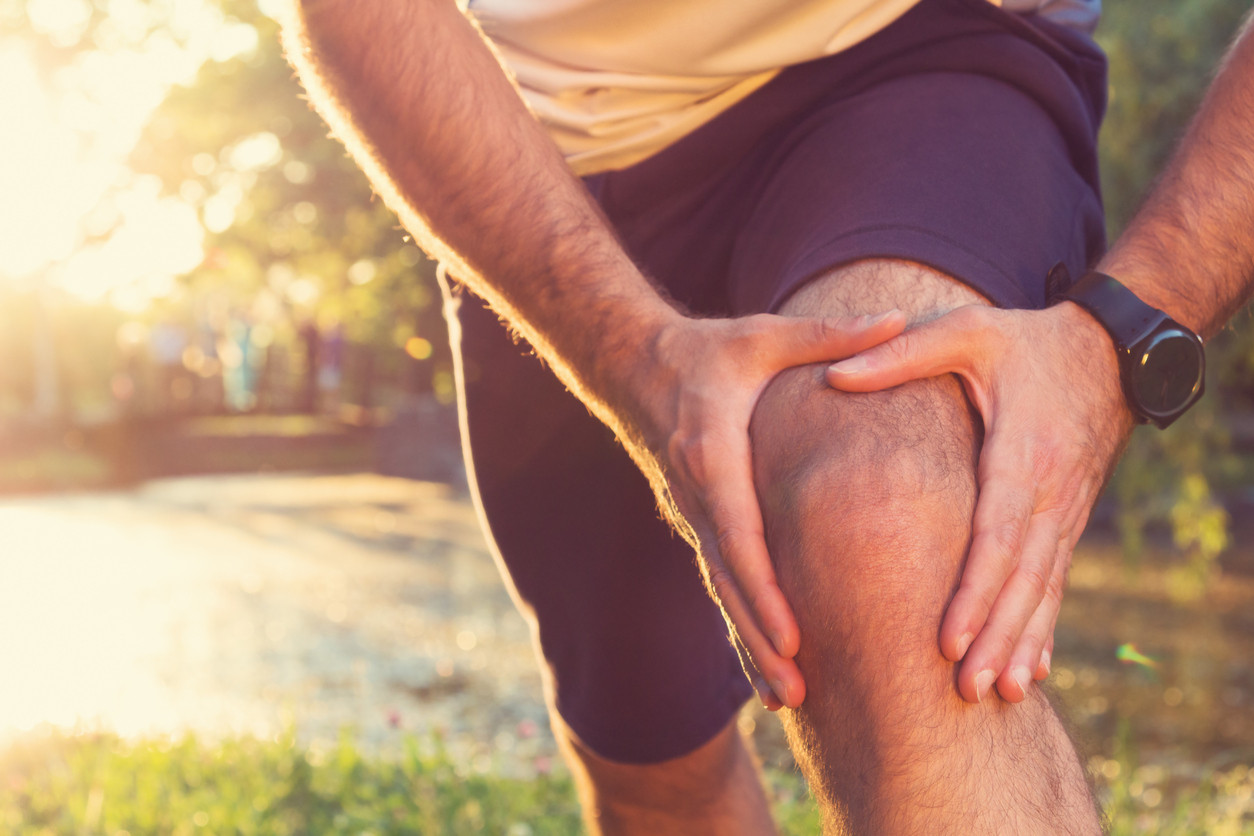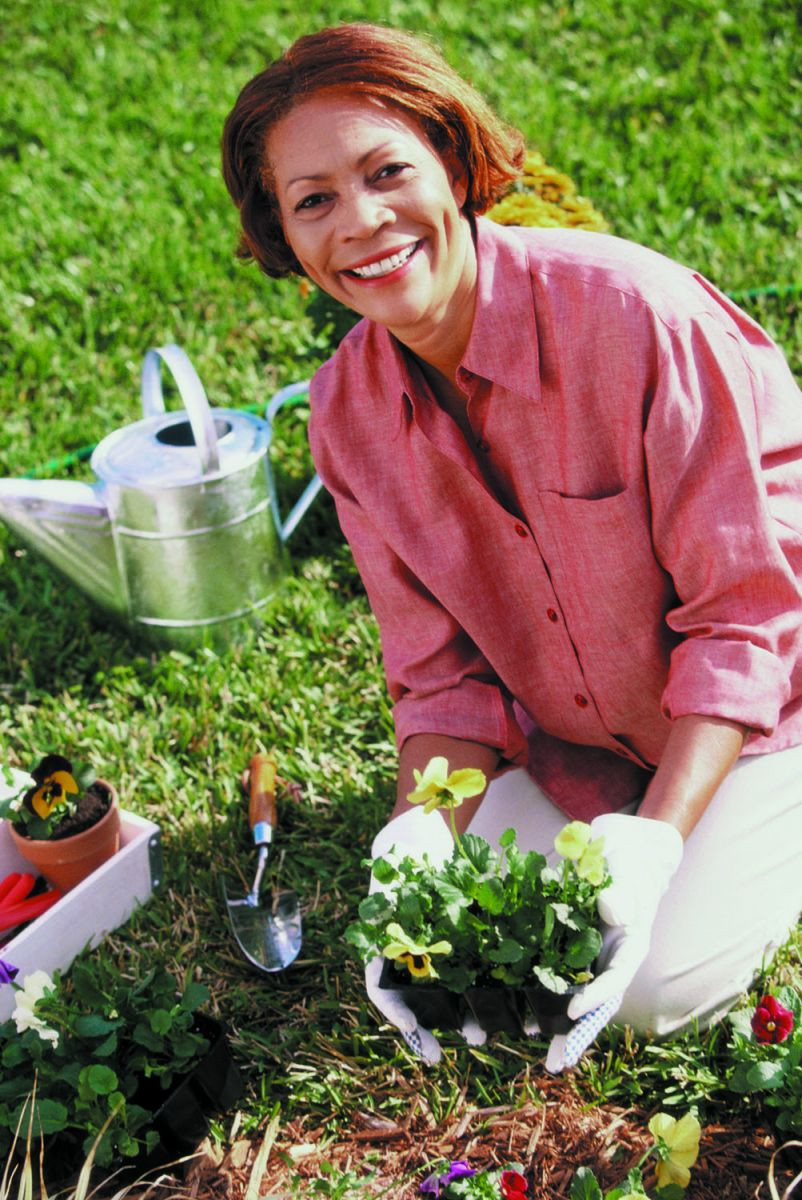
5 timeless habits for better health

What are the symptoms of prostate cancer?

Is your breakfast cereal healthy?

When pain signals an emergency: Symptoms you should never ignore

Does exercise give you energy?

Acupuncture for pain relief: How it works and what to expect

How to avoid jet lag: Tips for staying alert when you travel

Biofeedback therapy: How it works and how it can help relieve pain

Best vitamins and minerals for energy

Should you take probiotics with antibiotics?
Exercise & Fitness Archive
Articles
Don’t let the cold put a freeze on your daily workout schedule
Keeping active in the winter months is crucial for wellness.
Image: © Sasha_Suzi/Thinkstock
Workouts often fall by the wayside in winter. It's cold and snowy, and if you're like a lot of women, all you want to do is curl up under a blanket with a cup of hot tea and snack on some leftover holiday cookies.
"Based on my experience with clients, it seems like people go into hibernation mode from Thanksgiving until March," says Dr. Beth Frates, assistant professor of physical medicine and rehabilitation at Harvard Medical School and director of wellness programming for the Stroke Research and Recovery Institute at Spaulding Rehabilitation Hospital.
Returning to an old exercise routine? Here’s what you need to know
If you are interested in returning to a workout routine after being away from it for an extended period of time, it’s very easy to injure yourself. In order to avoid this, get your doctor’s approval and gear your activity to your current level of fitness.
Answer these 5 questions to help make your New Year’s resolutions stick
If you want to keep your New Year’s resolutions, you need to approach them as a process of behavior change, make your goals realistic, and have a specific plan for how you will reach them.
How stretching keeps your joints moving
Your range of motion — how far you can move a joint in various directions — is determined by many things, starting with the inner workings of the joint and the structures surrounding it. Stretching exercises can help extend this range of motion. To understand how, it helps to be familiar with these structures and how they can help — or hinder — a joint's flexibility:
- Joints are the junctions that link bones together. The architecture of each joint — that is, whether its structure is a hinge, pivot, or ball-in-socket — determines how the bones can move.
- Muscles surround joints and provide the energy used to move them. The amount of tension in the muscles surrounding a joint is a key factor in how big of a range of motion that joint can achieve. Muscle tension can be affected both by passive factors, such as tissue scarring or your habitual posture, and by active factors, such as involuntary muscle spasms or purposeful muscle contractions.
- Tendons are flexible cords of strong tissue that connect muscles to bones and make movement possible. When a joint moves, energy from the muscles is transferred into the tendons, which tug on the bones.
- Ligaments are tough, fibrous bands of tissue that bind bone to bone, or bone to cartilage, at a joint. An example is the anterior cruciate ligament (ACL), one of five ligaments that together control the movements of the knee. Among other things, the ACL keeps the knee joint from rotating too far.
When you stretch, you're working muscles and tendons rather than ligaments. Ligaments are not supposed to be elastic. An overly stretchy ligament wouldn't provide the stability and support needed for a safe range of movement.
Power training: A complementary approach
Another type of training, known as power training, is proving to be just as important as traditional strength training in helping to maintain or rebuild muscles and strength—maybe even more important.
As the name suggests, power training is aimed at increasing power, which is the product of both strength and speed, reflecting how quickly you can exert force to produce the desired movement. Thus, faced with a mountain hike, you may have enough strength to reach the summit. But can you keep up with the younger members of your hiking group? Power, not just strength and cardio fitness, can get you up the steep inclines quickly and safely. By helping you react swiftly if you trip over a root or lose your balance on loose rocks, power can actually prevent falls.
Exercise is an effective stress-buster
If exercise were available as a pill, experts say, everyone would be taking it. One reason is that exercise is very good at defusing stress. If you exercise — especially right when the stress response is triggered — you burn off stress hormones just as nature intended, instead of letting them pile up.
What's more, just about any form of motion on a regular basis helps relieve pent-up tension. Rhythmic, repetitive movements, such as walking, running, swimming, bicycling, and rowing — and specific types of exercise such as yoga, tai chi, and qigong — actually elicit the relaxation response, too. Regularly engaging in these kinds of activities can help you ward off everyday stress.
Exercise advice for people with arthritis
When you hurt, it's hard to persuade yourself to move. However, regular exercise not only helps maintain joint function, but also relieves stiffness and decreases pain and fatigue. What should you do? Whenever possible, meet the Physical Activity Guidelines for Americans by mixing aerobic activities, strength training, stretching, and balance exercises. If this is too ambitious, at least avoid inactivity. Discuss options with your doctor, particularly if you haven't been exercising. A physiatrist, physical therapist, or personal trainer with experience in working with people who have arthritis can help you choose and adapt activities that will work for you.
You can also find programs specifically designed for people with arthritis. Examples include Fit and Strong!, a program targeted to older adults with osteoarthritis; the Arthritis Foundation's Exercise Program (AFEP); and its Walk with Ease program. There are also water-based therapy programs, such as the Arthritis Foundation's Aquatic Program, that are done in pools heated to nearly 90° F; these feature a variety of exercises, including range-of-motion exercises and aerobics. Another good option is tai chi, a low-impact, slow-motion form of exercise that can increase flexibility and muscle strength in the lower body, as well as aiding gait and balance. Strength training improves muscle strength, physical functioning, and pain.
Are you functionally fit?
It's having the strength and motor skills to carry out the activities that get you through each day.
You may think of exercise as something you do to keep your heart and lungs healthy or to maintain your weight, and those are great benefits. But exercise is also important to keep you functioning throughout your day, whether you're carrying a laundry basket or playing with your grandkids. The ability to do such ordinary activities is called "functional" fitness, and programs to help people stay functionally fit are a top trend in the exercise world, according to the American College of Sports Medicine.
Yet many older adults aren't aware of this type of exercise program. "It's not on people's radar," says Clare Safran-Norton, clinical supervisor of rehabilitation services at Harvard-affiliated Brigham and Women's Hospital.
New motivation to move more
News briefs
We know sedentary time is bad for us. Previous research has suggested a link between the total amount of time spent sitting each day and health problems or even early death. Now, an observational study published online Sept. 12, 2017, by Annals of Internal Medicine suggests that it also matters how many minutes at a time you spend sitting in an office chair or lounging on a couch. Researchers looked at the health and activity of about 8,000 men and women (ages 45 or older) who wore activity trackers for a week, and then they followed the participants for four years. Sitting for 30, 60, or 90 minutes at a time was associated with the greatest risk for death if sedentary time was more than 12 or 13 hours per day. Sitting less than 30 minutes at a time was associated with a lower risk of death during the follow-up period, regardless of the total amount of inactivity for the day. But study authors point out that an inactive lifestyle is hazardous no matter how you rack up sedentary time. The takeaway: Study authors say their findings support guidelines that recommend we all get up and move every 30 minutes.
Image: © Shalom Ormsby/Thinkstock
Feel the beat of heart rate training
Knowing your heart rate zone reminds you to maintain a proper level of exercise intensity.
Image: © ninikas/Thinkstock
Are you working hard during exercise — or hardly working?
Guidelines recommend at least 150 minutes of moderate-intensity exercise per week. But "moderate intensity" can vary per person. What is an effort to one person can be easy to another.

5 timeless habits for better health

What are the symptoms of prostate cancer?

Is your breakfast cereal healthy?

When pain signals an emergency: Symptoms you should never ignore

Does exercise give you energy?

Acupuncture for pain relief: How it works and what to expect

How to avoid jet lag: Tips for staying alert when you travel

Biofeedback therapy: How it works and how it can help relieve pain

Best vitamins and minerals for energy

Should you take probiotics with antibiotics?
Free Healthbeat Signup
Get the latest in health news delivered to your inbox!
Sign Up

